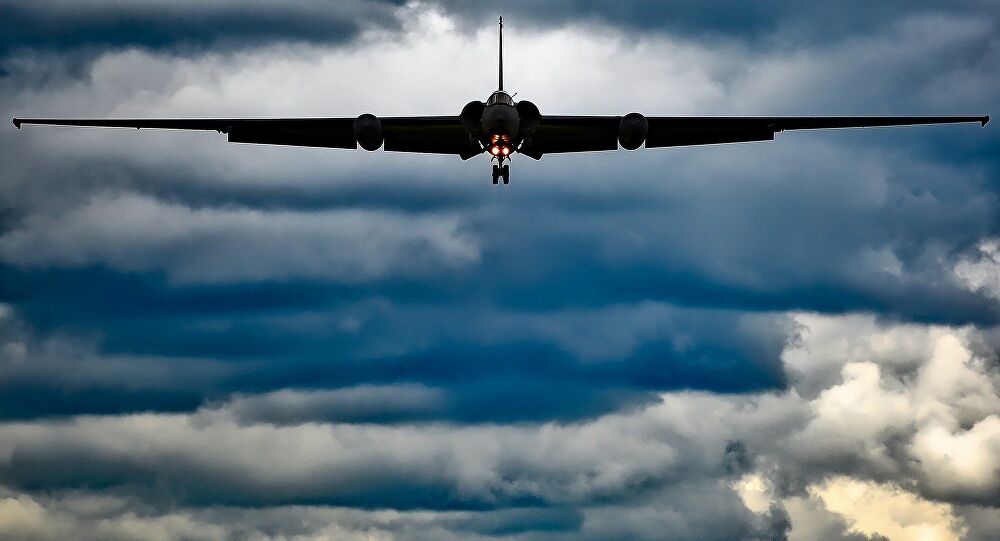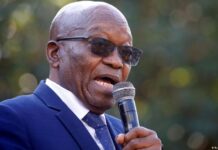Both the Chinese foreign and defence ministries have lashed out at the US for sending spy planes into mainland airspace during military drills; the foreign ministry has lodged a formal protest.
The US military aircraft’s intrusion into Chinese airspace during live-fire military exercises was “blatant provocation” and could lead to “misjudgments and accidents”, China has said even as a second US reconnaissance aircraft is said to have flown over the South China Sea on Wednesday.
A day after an US U-2 high-altitude reconnaissance aircraft flew into Chinese air space during live-fire exercises by the People’s Liberation Army’s (PLA) northern theatre command, an US RC-135S reconnaissance aircraft on Wednesday flew near a separate and ongoing PLA drill in the South China Sea.
The US aircraft crossed the Bashi Channel from the east, headed southwest into the South China Sea, and returned on the same route, the Beijing-based think tank, South China Sea Probing Initiative (SCSPI), said on Wednesday.
“It came near an ongoing PLA exercise in waters off Hainan Island’s southeast coast,” Chinese state media reported, quoting the SCSPI.
Both the Chinese foreign and defence ministries have lashed out at the US for sending spy planes into mainland airspace during military drills; the foreign ministry has lodged a formal protest.
Wu Qian, a defence ministry spokesperson, said the trespass severely affected China’s normal military exercises and training activities.
It violated the rules of behaviour for air and maritime safety between China and the US, as well as relevant international practices, Wu said.
“The US action could easily have resulted in misjudgments and even accidents,” Wu said, adding it was a blatant act of provocation.
Chinese state media reported that the PLA has shot down at least five U-2 aircraft in the past as they trespassed into mainland airspace.
The Chinese PLA is currently conducting separate military exercises in three different seas, in itself a rare case of simultaneous drills.
“By simultaneously conducting drills in the three seas, it means China is testing its ability to fight enemies coming from three directions at the same time – for example from Taiwan, from Japan and from the US from the south,” Chinese military expert Ni Lexiong, a retired professor at the Shanghai University of Political Science and Law, told Reuters.
In late July, an US anti-submarine warplane had come within 100 km from Shanghai in eastern China in the backdrop of the tit-for-tat closure of consulates carried out the week before.
The latest round of military tension adds to the deteriorating bilateral ties between the two countries with Beijing and Washington already at loggerheads over related South China Sea disputes and arms sales to Taiwan besides the Hong Kong security bill, the condition of minorities in Xinjiang, and the origin of the coronavirus and the ongoing trade war.













![Hotstar Premium Cookies 2019 [*100% Working & Daily Updated*] Hotstar Premium Cookies 2019 [*100% Working & Daily Updated*]](https://tahav.com/wp-content/uploads/2019/11/Hotstar-Premium-Cookies-Free-100x70.jpg)



